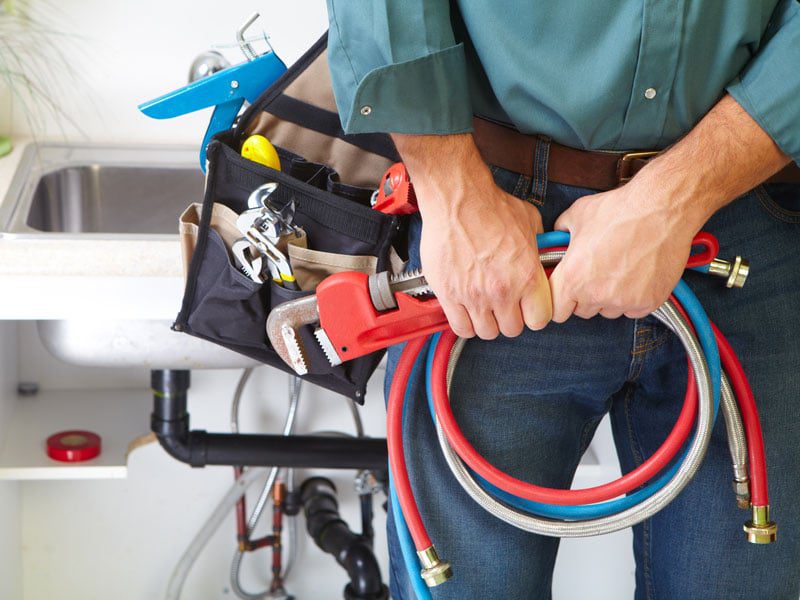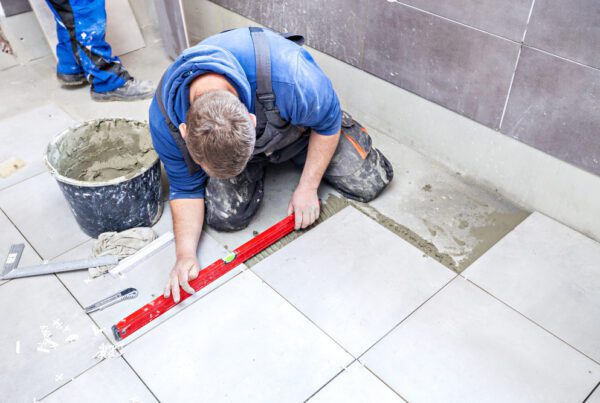
Leaky plumbing fixtures and burst pipes are common reasons for home and commercial water damage insurance claims every year. In a study conducted by IBHS, closed water damage claims were analyzed to determine the leading causes of significant damage claims and the surrounding details. The leading cause was toilet failure, and the average cost of damages for this was about $5,500. This figure did not include required deductibles. More than 30 percent of toilet failures were attributed to clogs or overflowing.
Some common issues with toilets can lead to serious water damage, and many plumbing problems are preventable with regular maintenance and a watchful eye. Most maintenance tasks take care of small problems before they turn into major ones. Follow these recommendations to avoid costly water damage from toilet problems.
- If a toilet is experiencing problems, call a professional immediately. The worst damages happen because a person does not call a professional, and water damage that may not be visible on the surface continues to spread and worsen.
- After flushing the toilet, watch the water to ensure that it goes down and also that the valve completely refills the bowl and tank.
- If it looks like the toilet will overflow, take the tank lid off immediately. Lift the float device upward. This is often a plastic gray or black piece, and it may be located near the handle. Doing this shuts off the water to the tank. Continue to hold it to avoid further clogging.
- Turn off the supply valve below the toilet until the clog has been cleared.
- Inspect the supply, flush and fill valves twice each year.
- Look at the supply line. Be sure that the supply line can be turned off easily if necessary. For older valves that have screw mechanisms, it may be harder to turn them off. If these are leaking, they should be replaced. It is better to replace them with a simple ball valve, which is easier to turn off quickly.
- Keep the toilet caulked around the bottom. Water can seep under the floor from a slow leak, condensation or an overflow. For those who own a condominium, such water damage can spread to a neighbor’s ceiling below and cause some costly problems.
To learn more about water damage from toilets and other plumbing fixtures, discuss your concerns with an agent.




